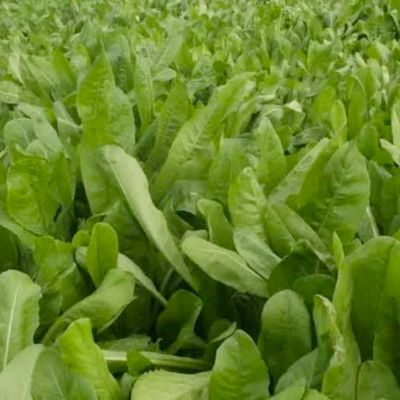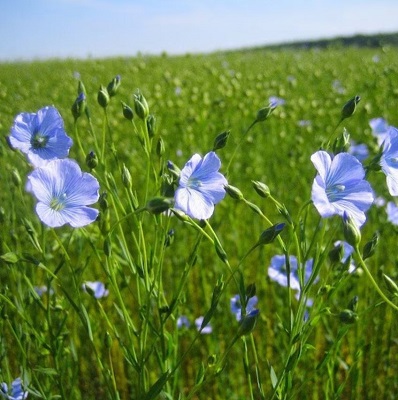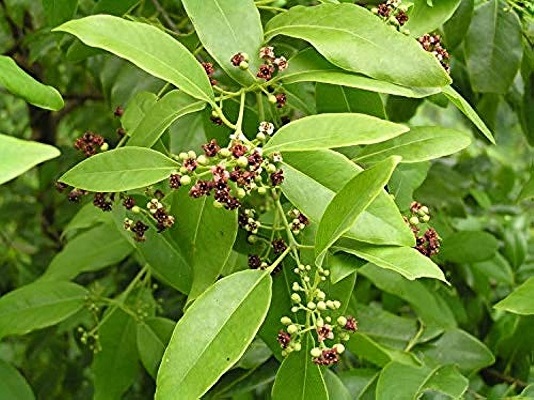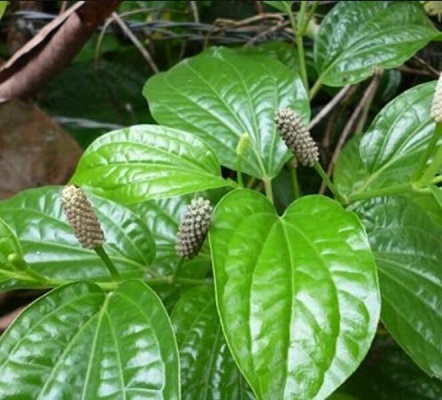On This Page
Atasi (Linum usitatissimum) – Uses and Benefits
Introduction
Atasi, commonly known as Flax plant is one of most commonly used herb as an antiallergic and analgesic. The name Atasi itself means that it is very useful in diseases due to Vata dosha. It can be used either internally or externally in various diseases. It is also called Uma as it is a very potent drug in case of diseases due to Vata dosha.
Dr. Gupta’s IAFA have been studying on readily available herbs for the purpose of alleviating allergic condition. Our experts studied on Atasi and proven the plant’s therapeutic activities like Antiallergic, Analgesic, Immuno suppressive, Anti-inflammatory actions etc. Atasi can be used in various diseases like Gout, Pain, Cough, Skin disorders etc. Studies have proven that oil extracted from seeds of Atasi can effectively be used in carpal tunnel syndrome. Seed extracts of Atasi is also proven to pocess analgesic properties. Various studies have proven that it is potent immunosuppressive agent. Nowadays Atasi is also used for treating allergic conditions.
Action of Atasi – Linum usitatissimum in Allergies
IAFA experts have successfully proven the antiallergic property of the plant Atasi. The plant contains phytoconstituents like lignans, pinoresinol, matairesinol, thiamine, riboflavin, niacine, choline, vitamin E, cholesterol etc. These phytoconstituents aids the antiallergic and anti-inflammatory property of Atasi. It can be effectively used against allergic conditions.
Vernacular Names
| Sanskrit Name | Atasi, Valkala, Uma |
| Hindi Name | Alsi |
| English Name | Flax plant |
| Malayalam Name | Cheruchana vithu |
| Kannada Name | Agasi |
| Marathi Name | Javas |
Botanical Name
Linum usitatissimum
Family
Linaceae
Morphology of Atasi – Linum usitatissimum
- Annual herb with taproot system
- Stem is herbaceous, erect and branched
- Leaves are linear or linear-lanceolate
- Inflorescence is scorpioid cyme
- Flowers are blue or white
- Fruits are five celled capsule
Ayurveda Reference of Atasi – Linum usitatissimum

Geographical Distribution of Atasi – Linum usitatissimum
Atasi is cultivated in Uttar Pradesh, Bihar and West Bengal.
Phytoconstituents of Atasi – Linum usitatissimum
The plant contains phytoconstituents like lignans, pinoresinol, matairesinol, thiamine, riboflavin, niacine, choline, vitamin E, cholesterol etc.
Parts Used of Atasi – Linum usitatissimum
- Seed
Dosage of Atasi – Linum usitatissimum
- Powder (churna) – 3-6 g
- Paste (kalka) – 3-6 g
- Oil (taila) – 5-10 ml
Medicinal Properties of Atasi – Linum usitatissimum
- Kasa hara – relieves cough
- Sulahara – relieves pain
- Sophahara – relieves swelling
- Swasahara – relieves asthma
- Balya – promote strength
- Kushtaghna – useful in skin diseases
- Jwaraghna – useful in treating fever
- Dipana – carminative
- Pacana – digestant

Have A Health Issue?
Consult Online
- Dr. Sahil Gupta (B.A.M.S., M.H.A.)
Ayurvedic Allergy Specialist
CEO & Founder of IAFA®
Home Remedies of Atasi – Linum usitatissimum
Atasi is a small herb seen all over India. It is widely used as a medicine in different diseases in Ayurveda, an ancient Indian system of medicine. It contributes to different home remedies. Some of them are:-
- In Gout (Vatarakta) – A paste is prepared from seeds of Atasi and Ricinus communis and with milk and applied over skin.
- In Pain (Sula) – Seeds of Atasi is made into a paste with milk and Satahva and applied over skin.
- In Swelling (Sotha) – Application of paste of Atasi seeds with milk cures swelling.
- In Cough (Kasa) – Powder of Atasi is taken with honey to cure cough.
- In Skin diseases (Kushta) – A paste is made of Atasi seeds and milk and applied over skin.
- As a carminative (Deepana) – Atasi powdered and taken before food. It can act as a carminative.
- In Fever (Jwara) due to Vata – Decoction made of Atasi is taken to cure fever due to Vata dosha.
- As strength promoter (Balya) – Atasi is powdered and taken with milk.
Dr. Gupta’s IAFA has been updating the phytoconstituents and therapeutic actions of all herbs regularly for the past few years. Many research programmes have been conducted on this. All these information is used in the preparation of different medicine. All these are strictly based on classic textbooks of Ayurveda. The aim of IAFA is to provide safe and effective medicine and treatment for all diseases especially allergic reaction. All these are being examined by experienced healthcare professionals.
Reach IAFA for safe herbal remedies for all your ailments!!!
Was this Page Helpful?
Read More Articles
-

Kasini (Cichorium intybus)
Kasini (Cichorium intybus) commonly known as Chicory is a perennial herb, with large…
-
-









